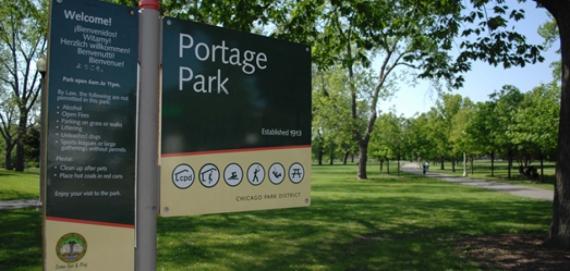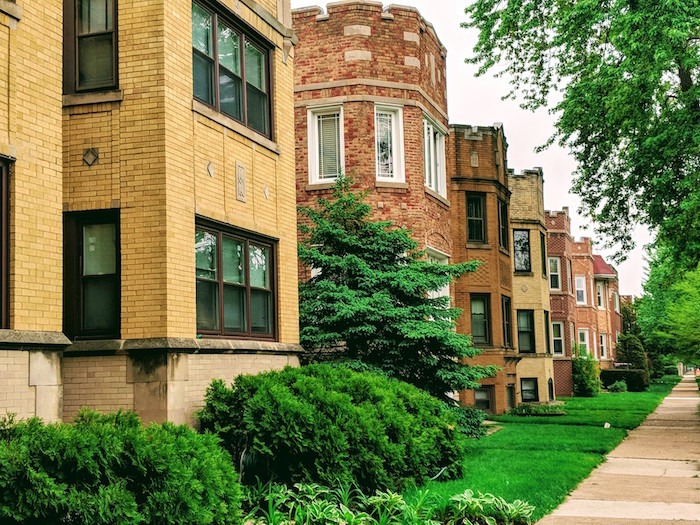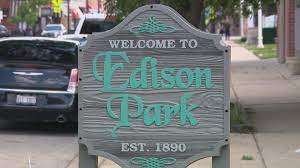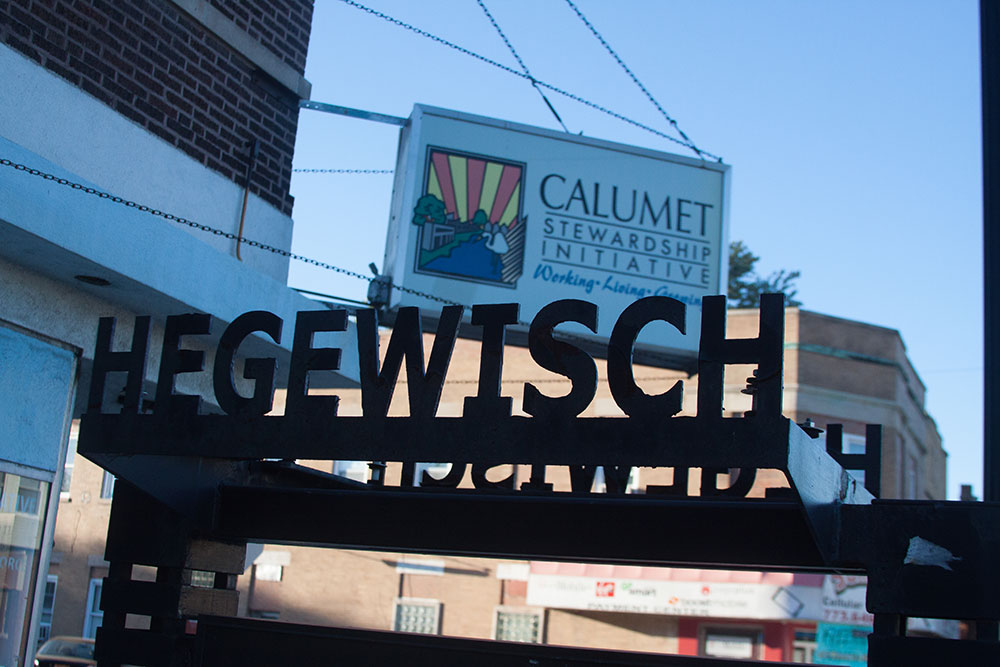Exploring the Vibrant History and Community of Portage Park
Welcome to Portage Park, one of Chicago’s historic and vibrant neighborhoods. Nestled on the northwest side of the city, Portage Park boasts a rich history, a diverse community, and a thriving atmosphere. In this article, we will delve into the fascinating past, present, and future of Portage Park, exploring its origins, demographics, quality of life, and notable landmarks. Join us on this journey as we uncover the unique charm and character that make this neighborhood a truly special place to live and visit.
Origins and Native American Heritage
Portage Park derives its name from an ancient Indian portage that connected the Des Plaines and Chicago Rivers. In the 18th and 19th centuries, Native American tribes such as the Pottawatomie, Ottawa, Chippewa, and Fox frequented this area, utilizing the portage to trade goods and navigate between the rivers. The word “portage” refers to the act of carrying canoes and supplies overland from one navigable waterway to another. This historic connection to the Native American heritage is a testament to the area’s significance and cultural legacy.
Early Settlement and Development
Settlement in the Portage Park area began in the mid-19th century, following the signing of a treaty in 1816 that gave the land south of the Indian boundary line to the United States. However, conflicts with the Blackhawk Indians delayed substantial settlement until the mid-1830s. The construction of the Northwest Plank Road in the 1860s facilitated easier travel to and from Chicago, leading to rapid growth in the 6 corners area. As urban sprawl reached the Jefferson Township, residential areas emerged along transportation lines, attracting workers and professionals seeking refuge from the city’s bustling atmosphere.
The Rise of Portage Park
In 1889, the town of Jefferson, which included the majority of what is now Portage Park, was annexed to the city of Chicago. The neighborhood remained relatively suburban until the opening of the Milwaukee streetcar line in 1907, which fueled further expansion. With improved transportation and the allure of the newly established Portage Park, developers began constructing homes, attracting urban dwellers to the community. By 1940, the population had reached 66,357, marking significant growth and establishing the neighborhood as a thriving residential area.
Portage Park Demographics
Portage Park is home to a diverse and vibrant community. With a population of over 65,000 residents, the neighborhood has a density of approximately 16,446 people per square mile. The average household size is 2.8 people, and approximately 28% of households have children under 18 years old. The neighborhood has a relatively young population, with the largest age bracket being 30 to 34 years old and a median age of 37. The community’s educational climate is excellent, with a significant percentage of residents holding bachelor’s, graduate, or associate degrees. The median household income is $54,203, and the housing market offers a mix of charming turn-of-the-century homes and modern amenities.
Quality of Life in Portage Park

The area offers a high quality of life to its residents. The neighborhood combines old-world charm with modern conveniences, making it an ideal place to live, work, and play. The community features a vibrant shopping district known as Six Corners, where residents can explore a variety of shops, restaurants, and entertainment options. The area is also home to two vintage theaters, The Portage and The Patio, which showcase both new releases and classic films. Portage Park itself is a central hub for recreational activities, boasting playgrounds, swimming pools, tennis courts, baseball diamonds, and a field house. Residents can participate in a range of activities, including yoga, walking clubs, kickboxing, and various sports. The neighborhood’s climate follows typical Midwestern patterns, with warm summers and cold winters.
Notable Landmarks and Cultural Heritage
Portage Park is dotted with historic landmarks that reflect its rich cultural heritage. The park itself holds great significance, as it was established in the early 20th century and served as a gathering place for the community. Over the years, additional recreational facilities were added, including an Olympic-size swimming pool that hosted the 1959 Pan American Games and the 1972 U.S. Olympic Swimming Trials. The park’s historical and architectural value is undeniable, with its field house, tennis courts, and baseball fields standing as testaments to the neighborhood’s past. The community is also home to architecturally significant churches, such as St. Ladislaus, St. John of Rila the Wonderworker, St. Bartholomew, St. Ferdinand, and Our Lady of Victory, which add to the area’s charm and character.

The Evolving Community of Portage Park
Portage Park has experienced ups and downs throughout its history, but in recent years, it has seen a resurgence and a renewed sense of vitality. The neighborhood has become a desirable place to live, attracting young families, professionals, and retirees alike. The area’s excellent schools, churches, hospitals, medical centers, libraries, and transportation options contribute to its appeal. Portage Park’s community spirit and friendly atmosphere make it an inviting and welcoming place for residents and visitors.
Portage Park is a neighborhood that seamlessly blends history, diversity, and modernity. From its origins as an Indian portage to its vibrant present-day community, the area has evolved and thrived over the years. With its charming homes, bustling shopping district, and recreational amenities, Portage Park offers a high quality of life to its residents. Whether you’re strolling through the historic park, enjoying a film at the vintage theaters, or exploring the diverse cultural heritage, Portage Park is sure to captivate and inspire. Experience the charm and character of this unique Chicago neighborhood, and discover why Portage Park is a place like no other.


